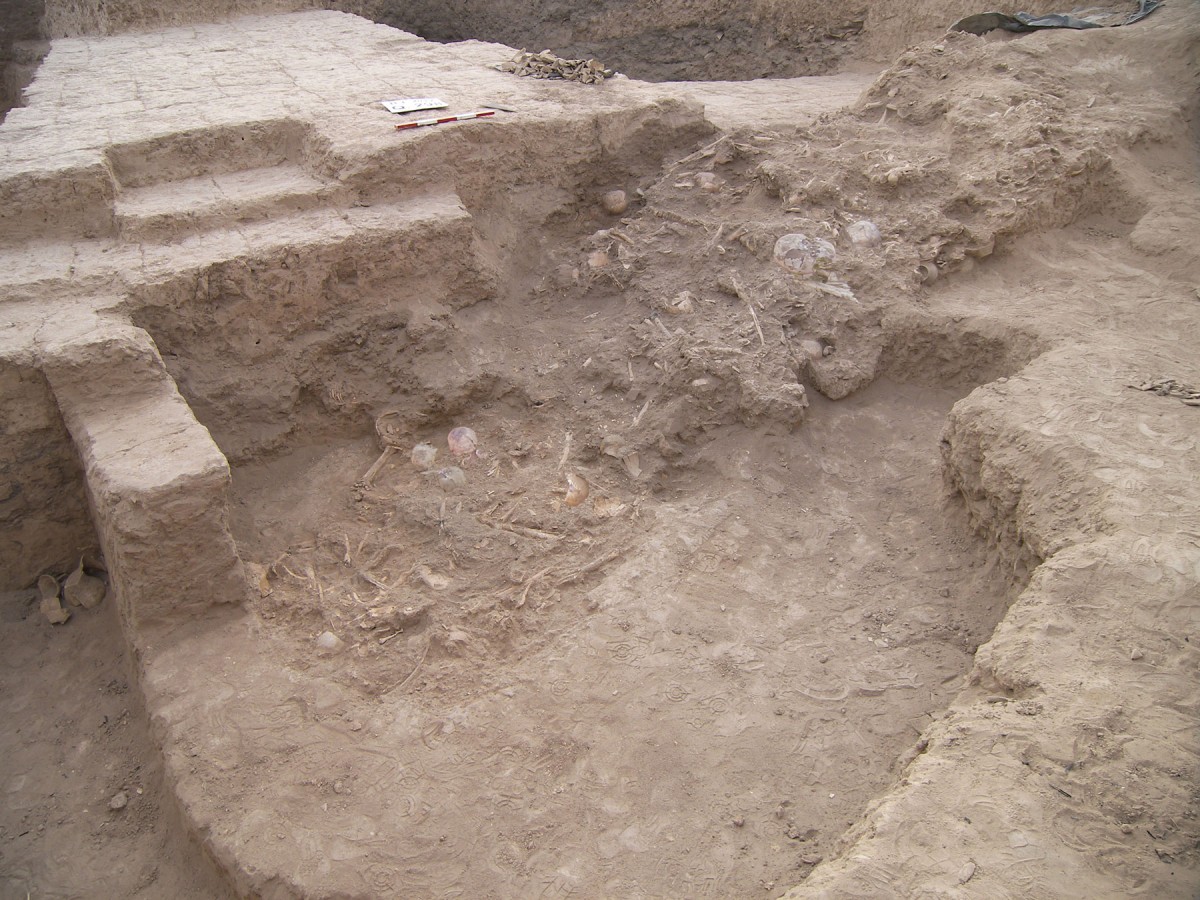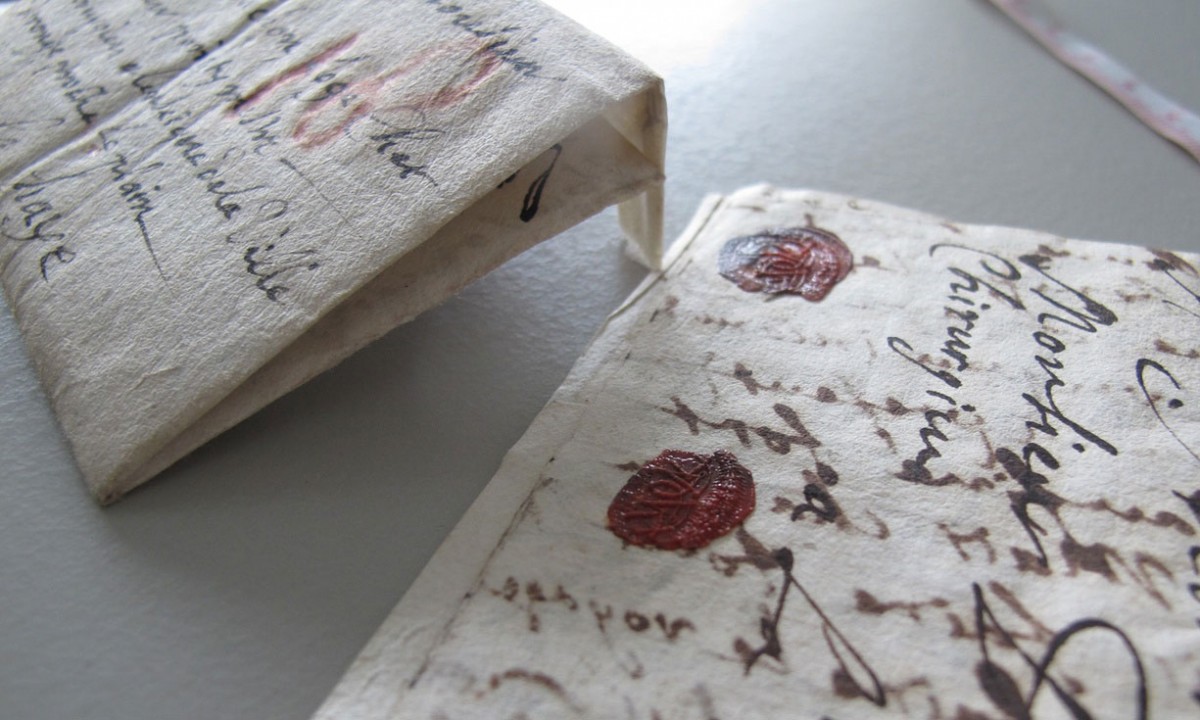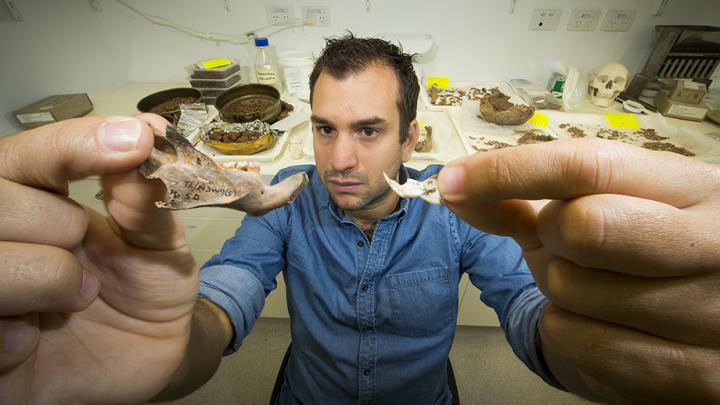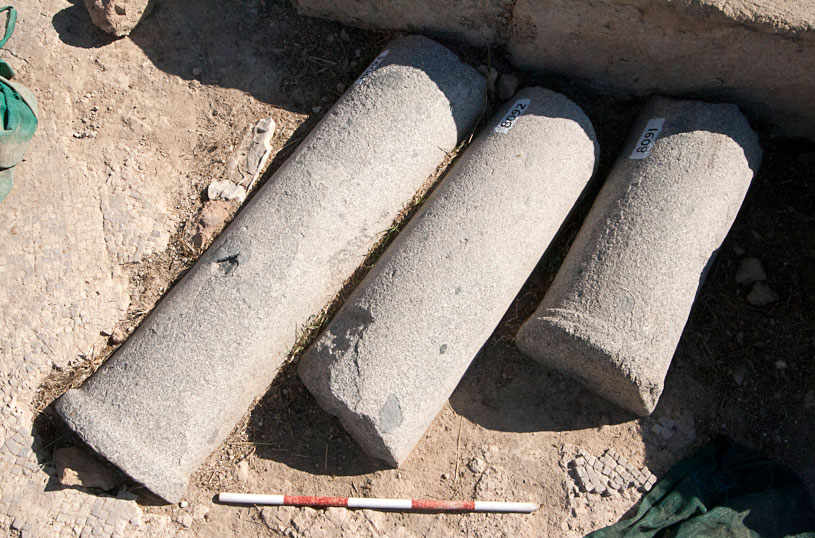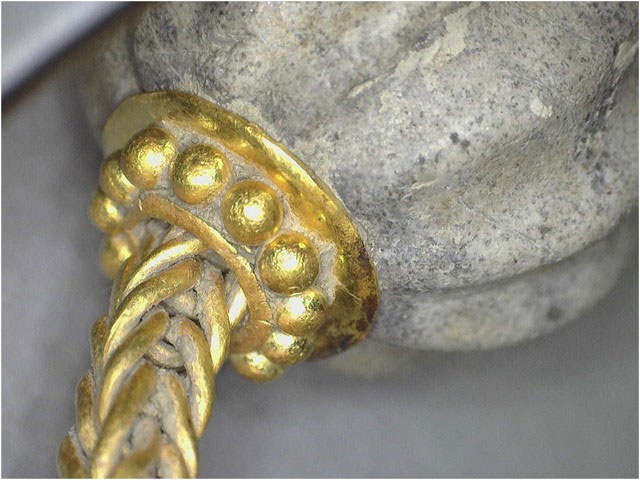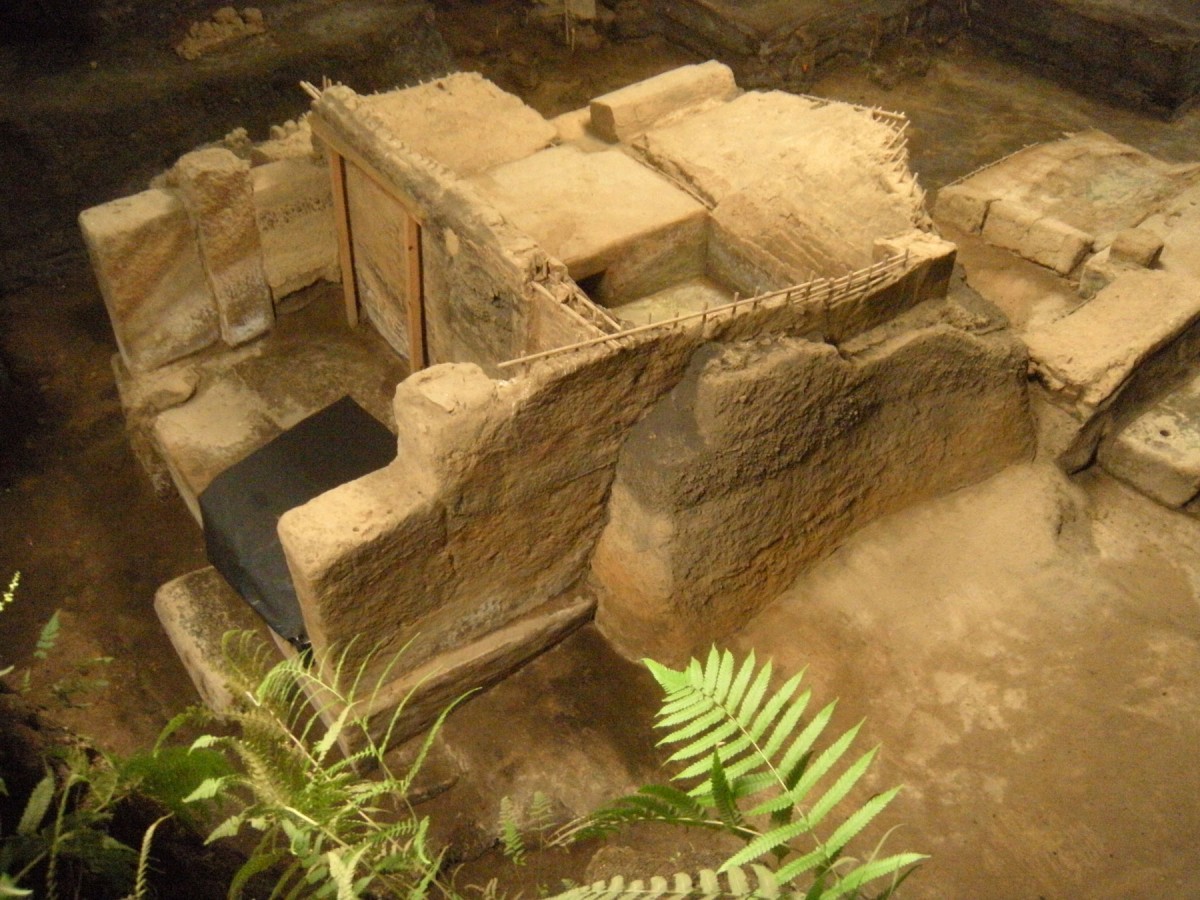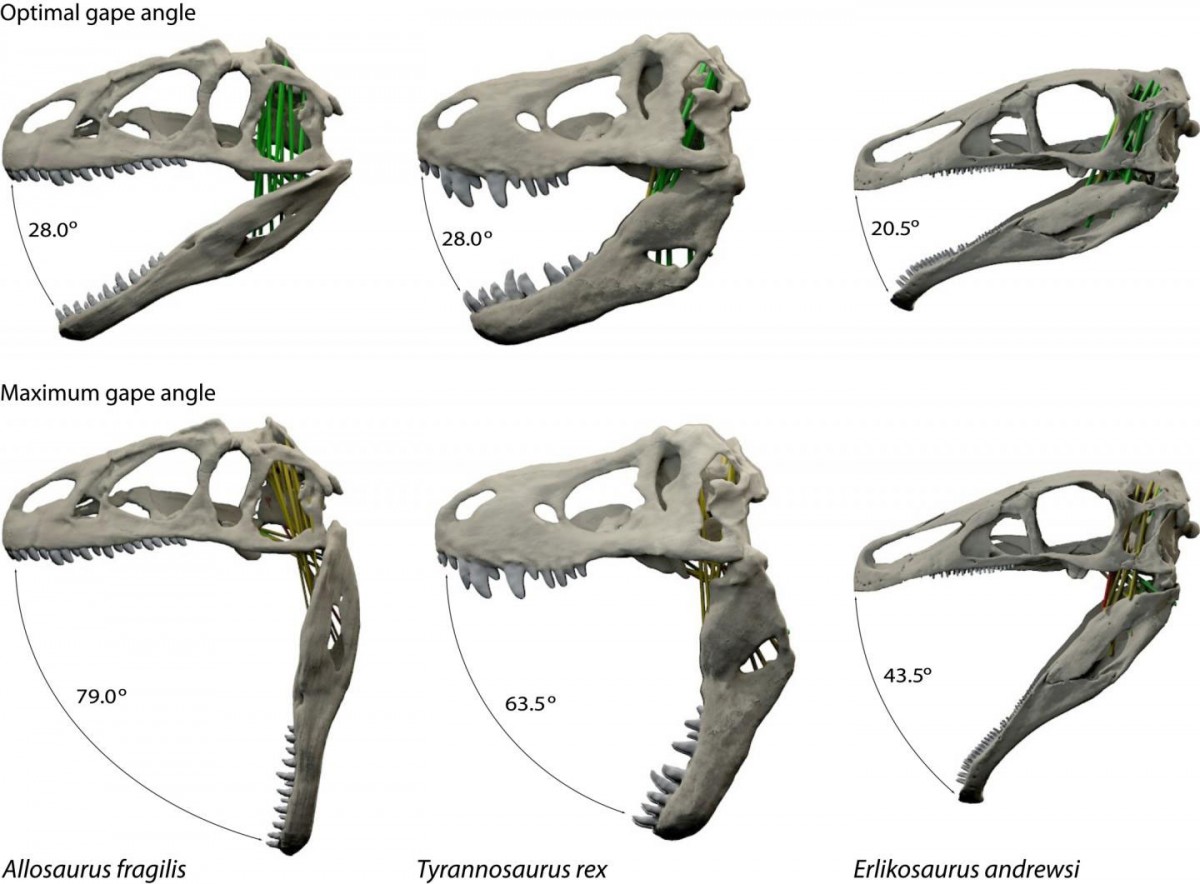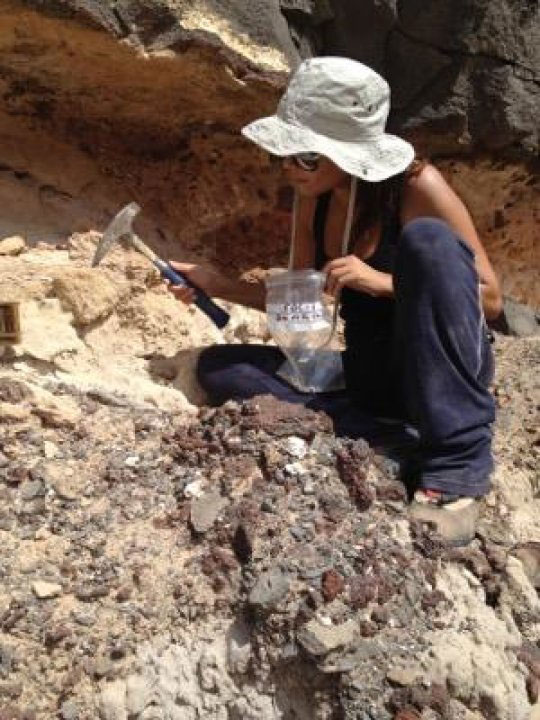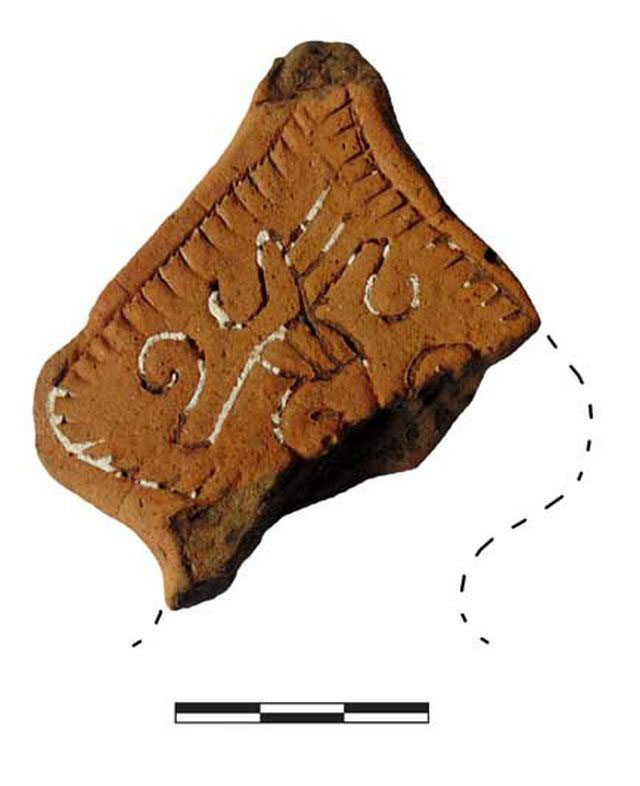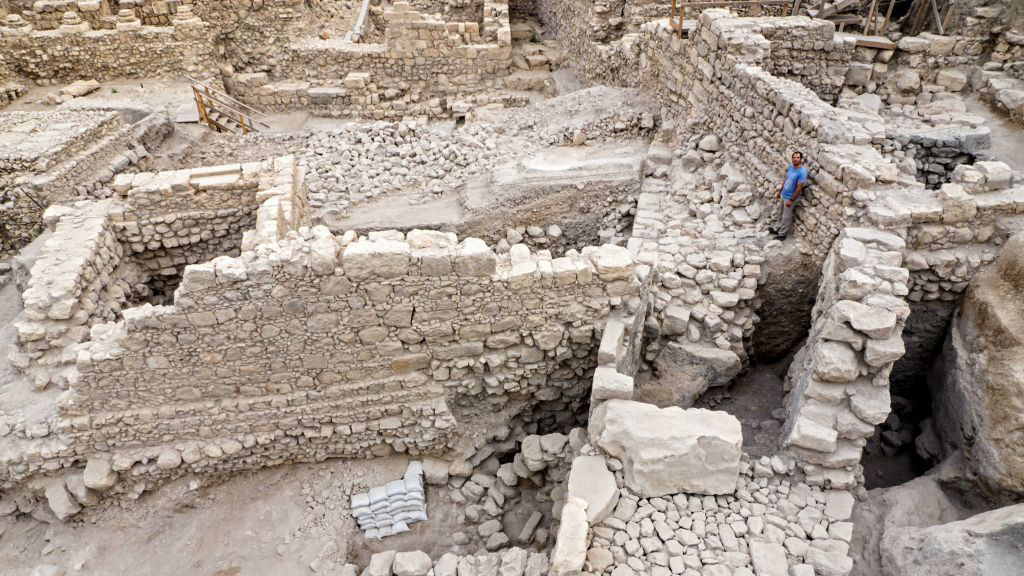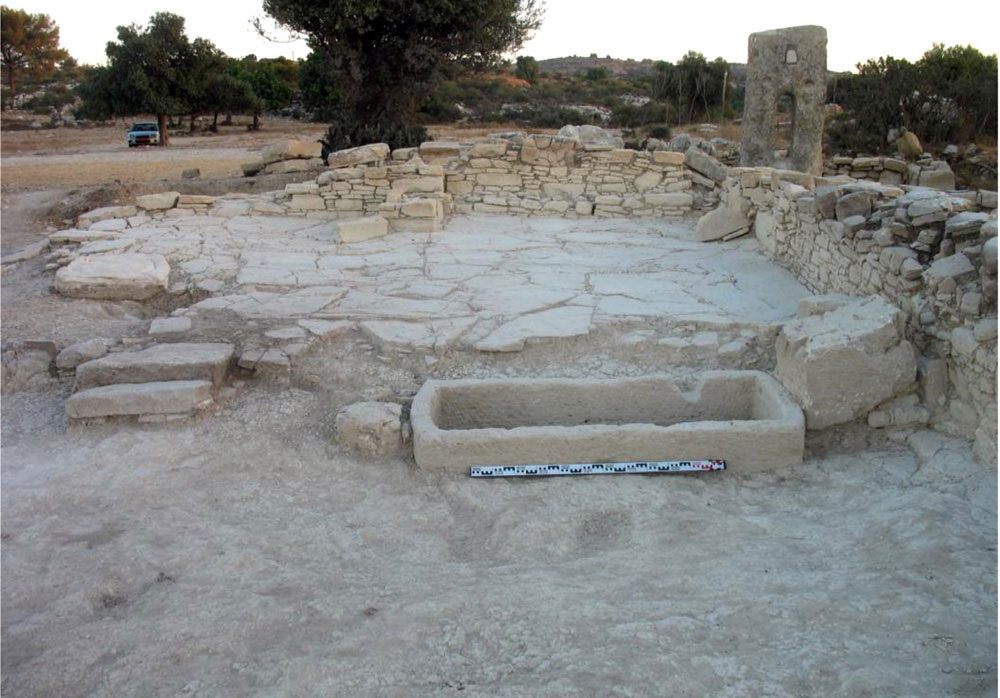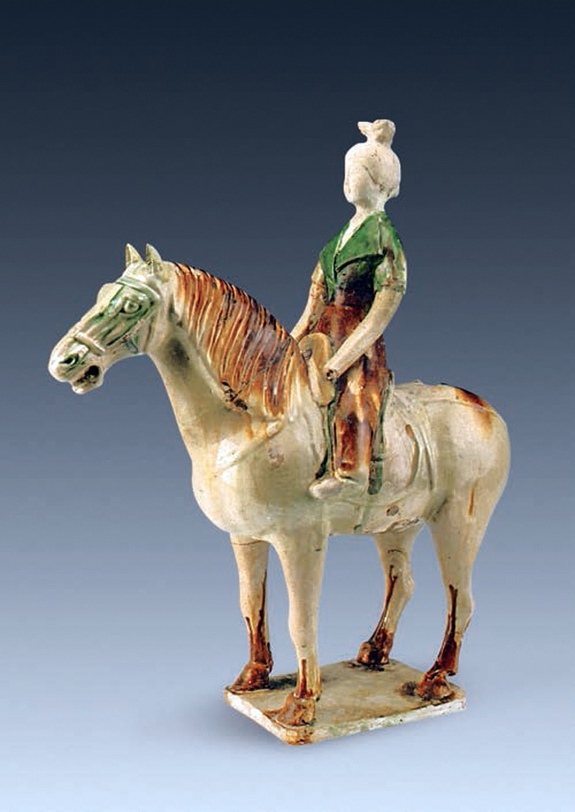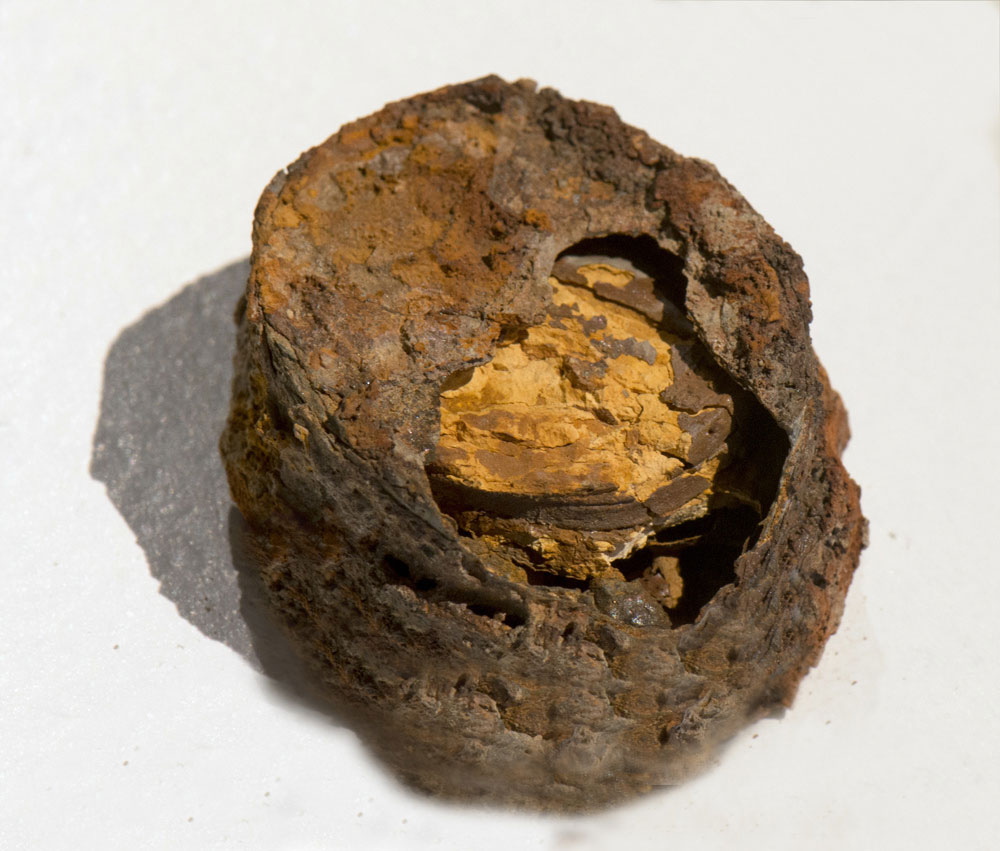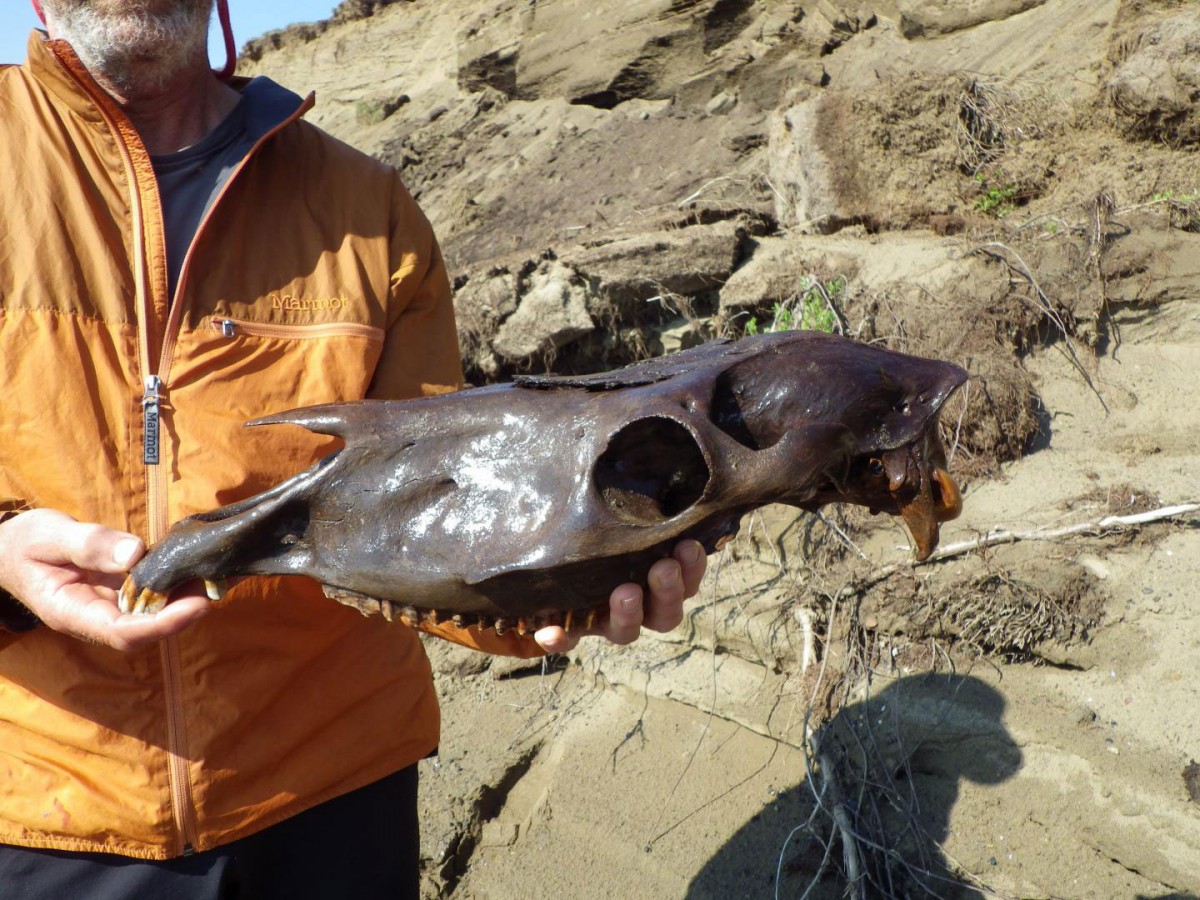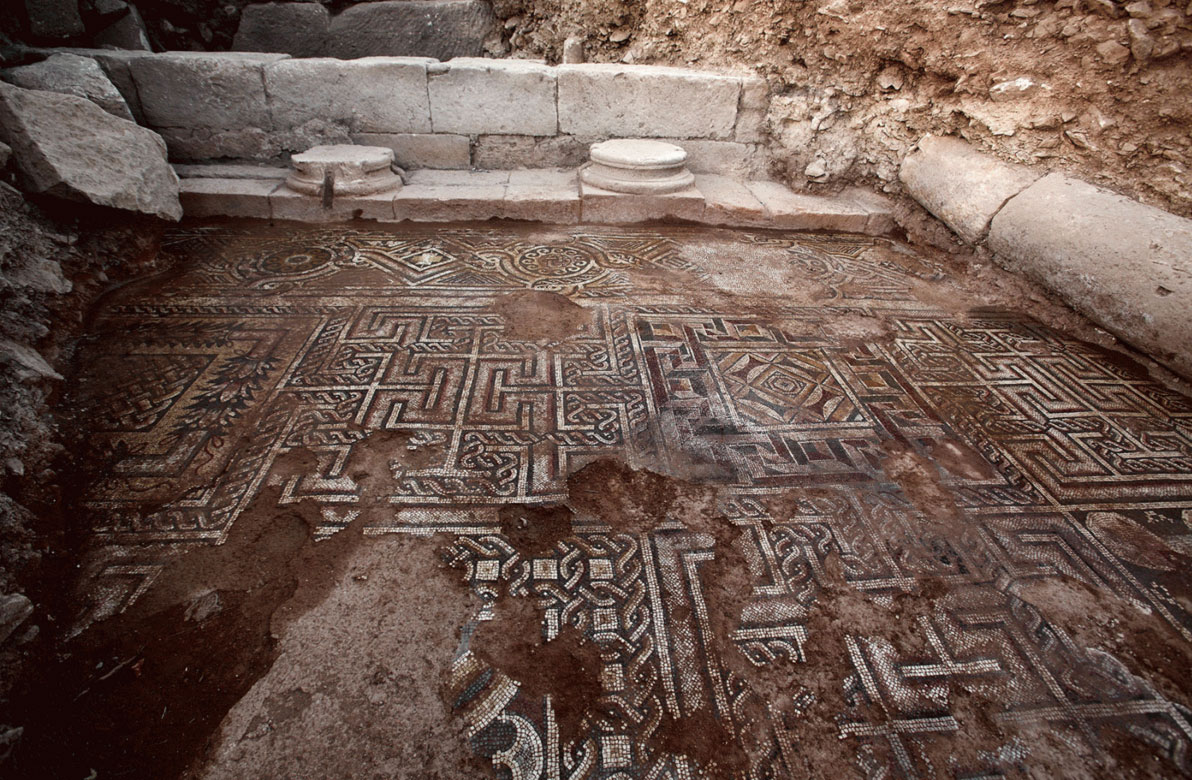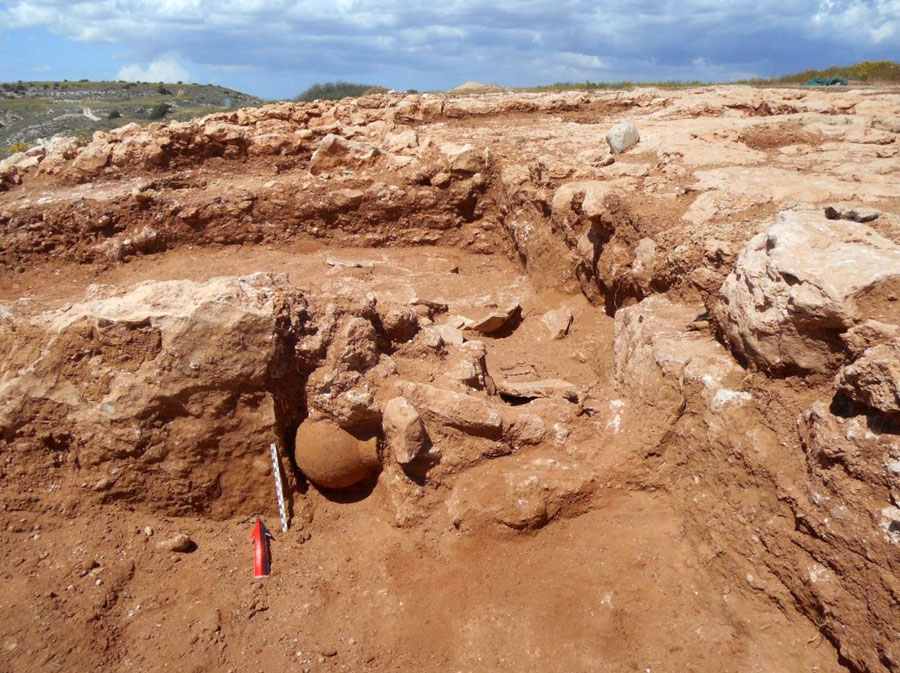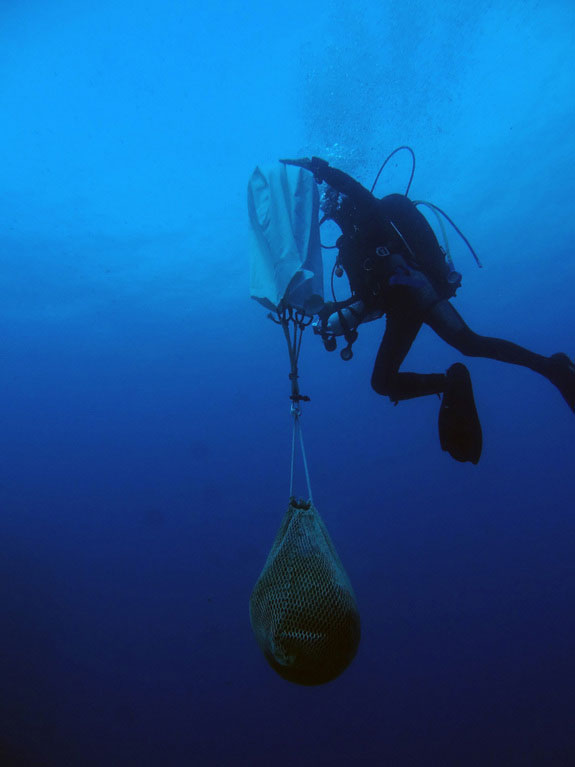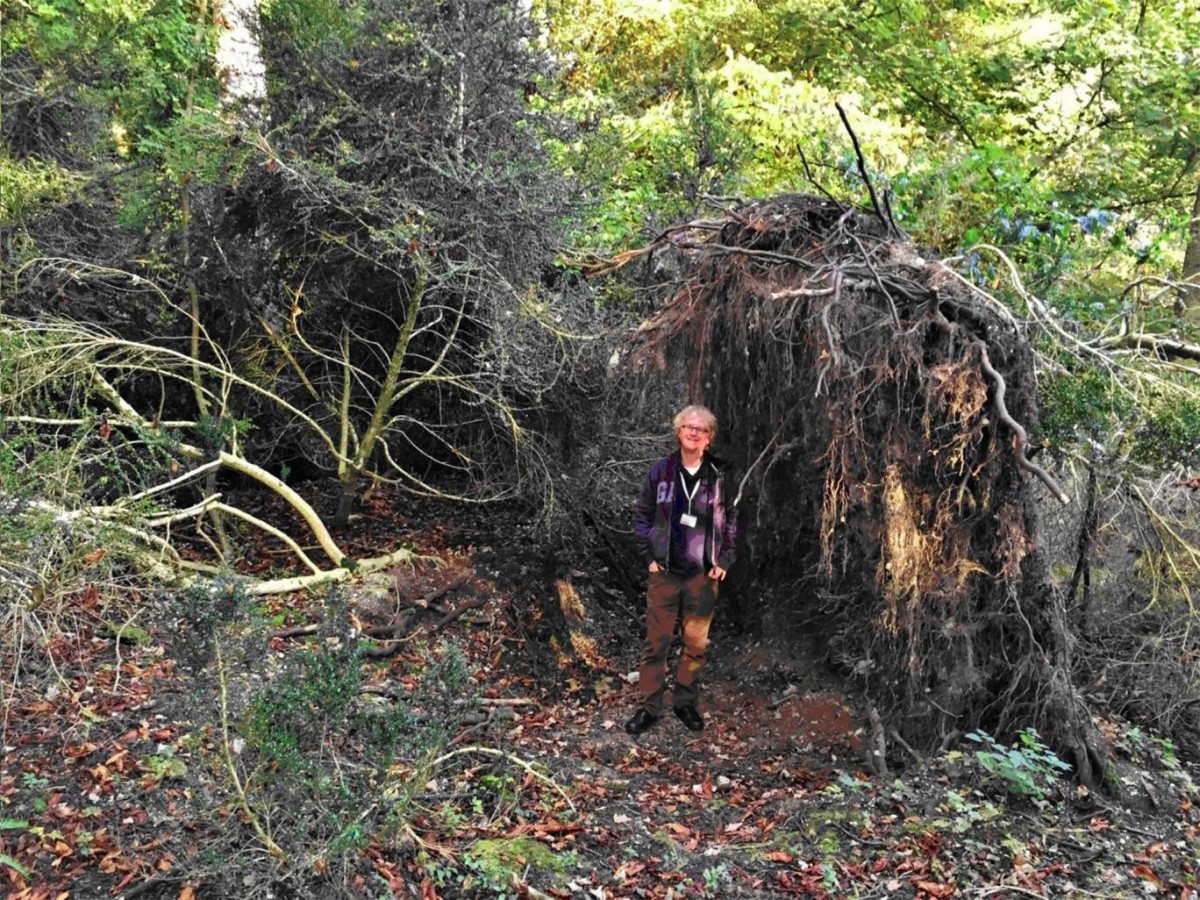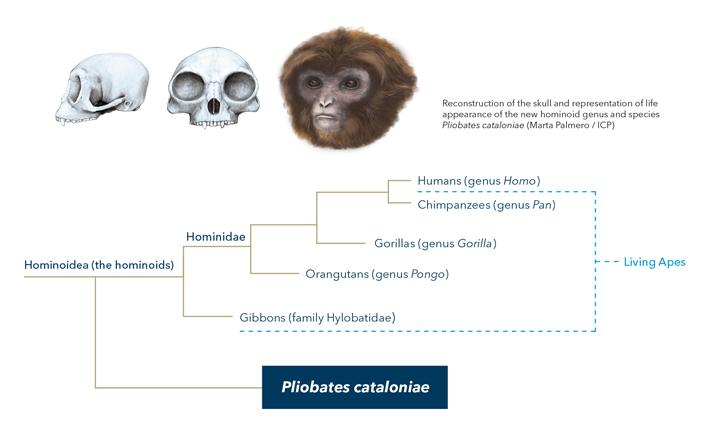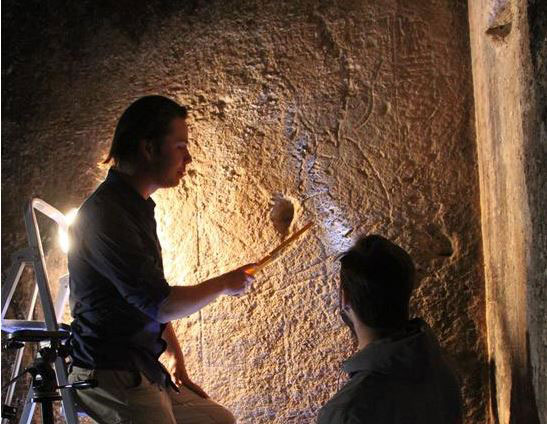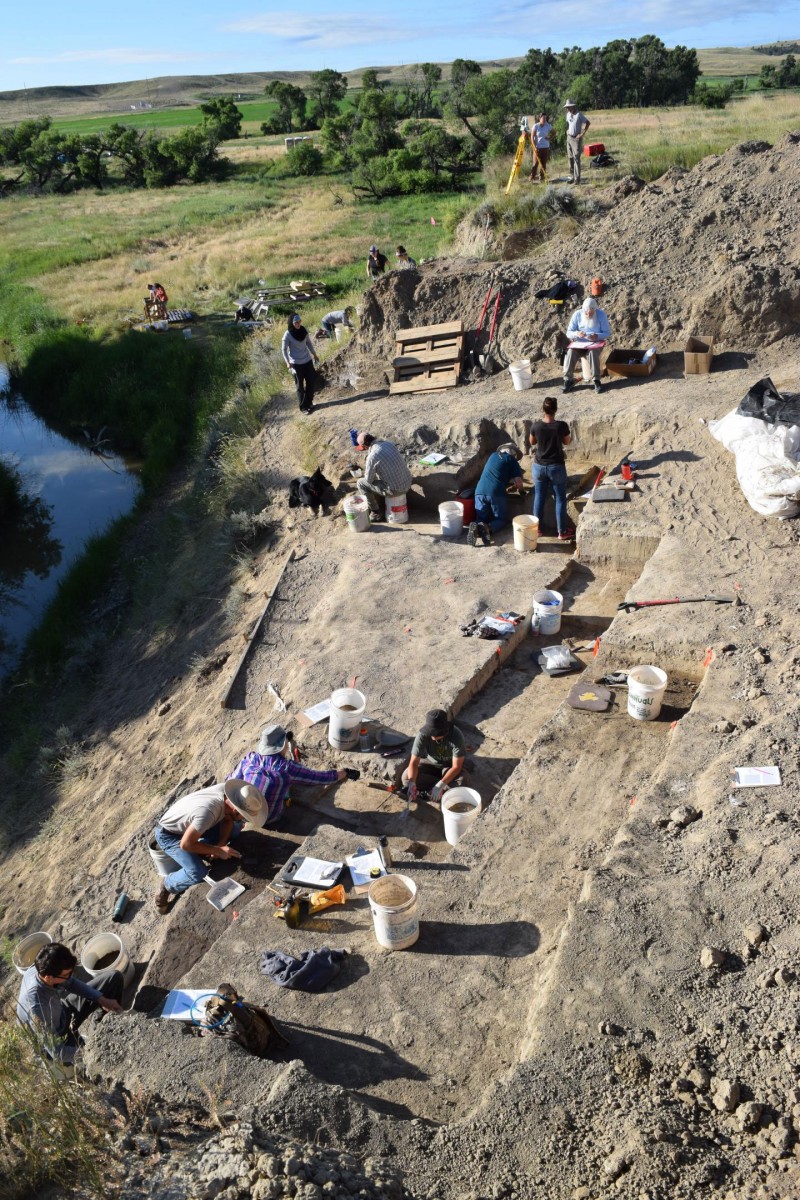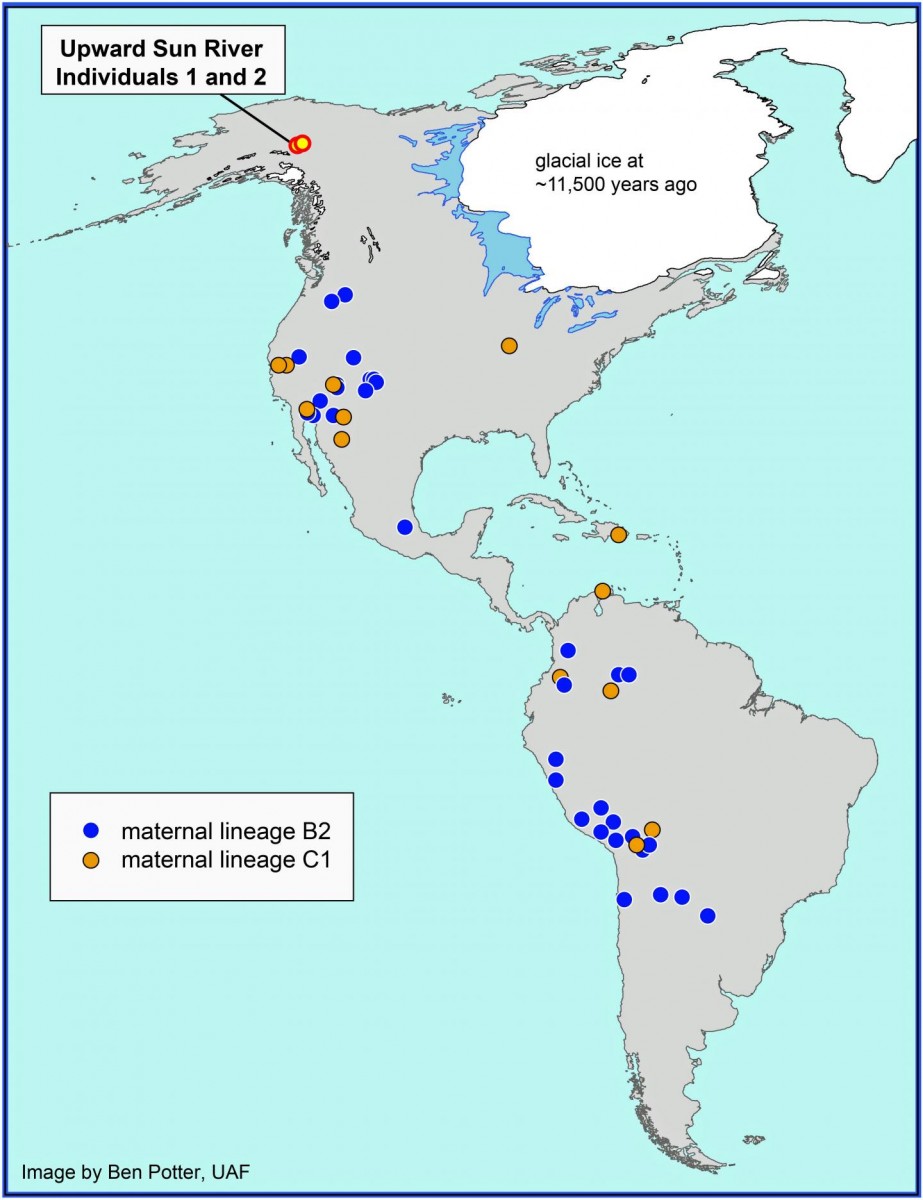Important insights into the structure of the ancient remains of Haft Tappeh
Archaeologists from Mainz University continue their excavation work in Iran.
17th century undelivered correspondence sheds light on everyday life
A chest in the Museum for Communication in Hague, containing 2,600 undelivered letters, has been rediscovered thanks to new scanning techniques.
The largest to have existed – giant rat fossils
Archaeologists with The Australian National University (ANU) have discovered fossils of seven giant rat species on East Timor, with the largest up to 10 times the size of modern rats.
Positioning the Nea Pafos theatre within its ancient urban context
During recent excavations at the site of the Hellenistic-Roman theatre of Nea Pafos by the Australian Archaeological Mission from the University of Sydney, the team attempted to position the theatre within its ancient urban context.
Warrior or priest?
The excavators of the Bronze Age tomb discovered in Pylos (southwestern Greece) provided more information about the extraordinary find during a meeting with Greek Minister of Culture Aristidis Baltas.
El Salvador: Buried in ash
Excavations under the direction of Payson Sheets of the University of Colorado, Boulder, continue at Cerén, a Maya village in El Salvador that was buried under 17 feet of volcanic ash in A.D. 660.
How dinosaurs’ jaws influenced diet
New research from the University of Bristol has found that the feeding style and dietary preferences of dinosaurs was closely linked to how wide they could open their jaws.
Snail Trails Lead to Climate-Driven Cultural Shift in Ancient Morocco
Shells from an archaeological site in Northeast Morocco dated from 10,800 to 6,700 years old showed that the climate grew warmer and could have supported the switch from hunting and gathering to agriculture.
Encrusted pottery found in Bulgaria necropolis excavations
Excavations at a necropolis of a Late Bronze Age and Early Iron Age settlement have yielded a large number of encrusted ceramics from three distinct chronological stages.
Seleucid stronghold of Acra remains found
The finds were “silent remnants of the battles that took place there in the days of the Hasmoneans,” the priestly family that led the Maccabean rebellion against the Seleucid rule.
Archaeological investigation at Anogyra-Vlou
The main results of the 2015 archaeological field season at Anogyra-Vlou and Anogyra-Tsoulloufatsena (Lemesos District, Cyprus).
An epitaph from a tomb in China tells a unique story
The tomb of the man who helped China's only female emperor rise to power bears epitaphs describing how she executed him and his entire family, seeking revenge for his brother's betrayal.
17th century mystery box content virtually reconstituted
Archaeologists have managed to virtually reconstitute in 3D the inaccessible contents of a fragile and damaged 17th century metallic box. The box was found at Saint-Laurent church excavation in Grenoble.
Large mammals need room to roam
A 20-year study in Arctic Alaska looks at how woolly mammoths and other ice-age animals handled climate change.
Invaluable ancient Syrian mosaic discovered
Münster classical scholars discovered invaluable ancient Syrian mosaics and buildings and are excavating one of the few sites that are currently accessible for studies on ancient Roman Syria.
The Late Bronze Age site of Pyla-Kokkinokremos in Cyprus
A total of ten spaces were unearthed, some with rich floor assemblages, were unearthed during the 2015 excavations at the Pyla-Kokkinokremos site.
22 ancient shipwrecks discovered in Greece
Underwater archaeologists in Greece have discovered 22 shipwrecks around the Fourni archipelago in the north-eastern Aegean Sea.
Stone Age “eco” home found at Stonehenge dig
The ground-breaking discovery of a Stone Age “eco” home could be under threat if controversial Government-backed plans for a tunnel go through the ancient site.
Mount Athos and western women 1880-1980
Women have long interacted with the Holy Mountain—visually and imaginatively, through the mediation of objects and people, of pictures and words. A lecture by Veronica della Dora.
Extinct ape species resets the scale on humans’ ancestors
Newly discovered Pliobates cataloniae roamed Earth 11.6 million years ago.
Hatshepsut’s Temple at Gebelein is getting rediscovered
The poor conditions of its decoration as well as the (seemingly) lack of royal names from its inscriptions made the site a never ending puzzle for scholars. Till now.
Extinction of Pleistocene herbivores induced major vegetation and landscape changes
The extinction of large herbivores such as mammoths could explain massive prehistoric changes in vegetation and landscape structure.
Research backs human role in extinction of mammoths, other mammals
Radiocarbon analysis of the decline and extinction of large mammals in the Americas lends support to the idea that hunting by humans led to the animals' demise.
Ancient babies boost Bering land bridge layover
University of Utah scientists deciphered maternal genetic material from two babies buried together at an Alaskan campsite 11,500 years ago.
